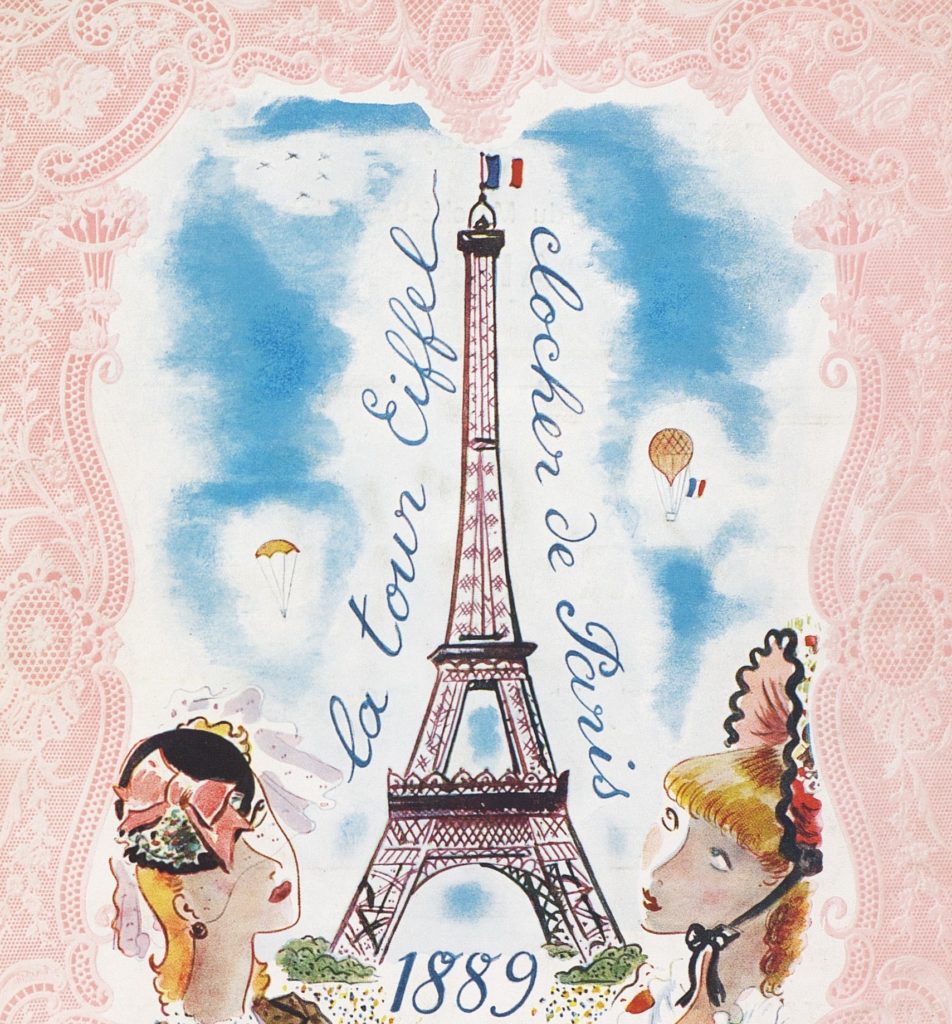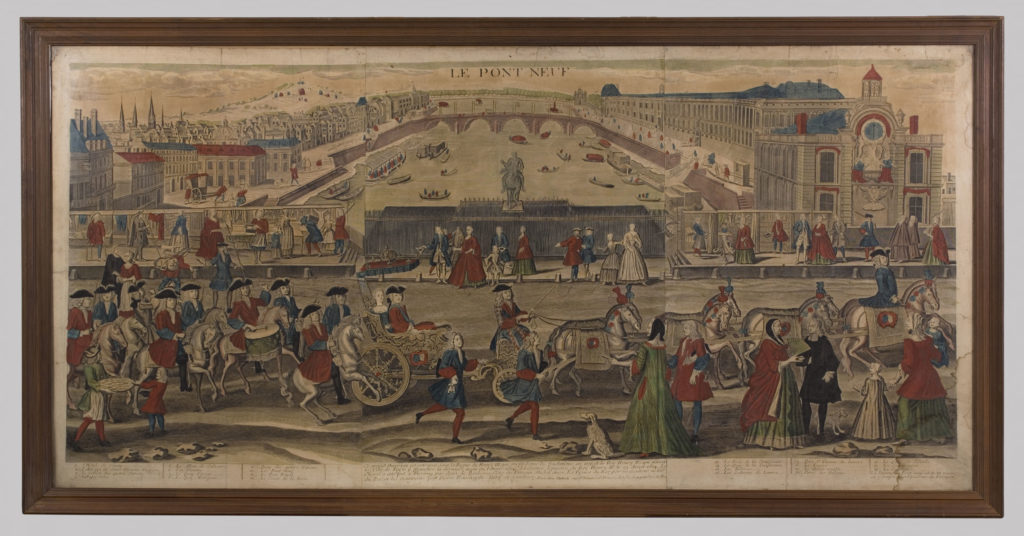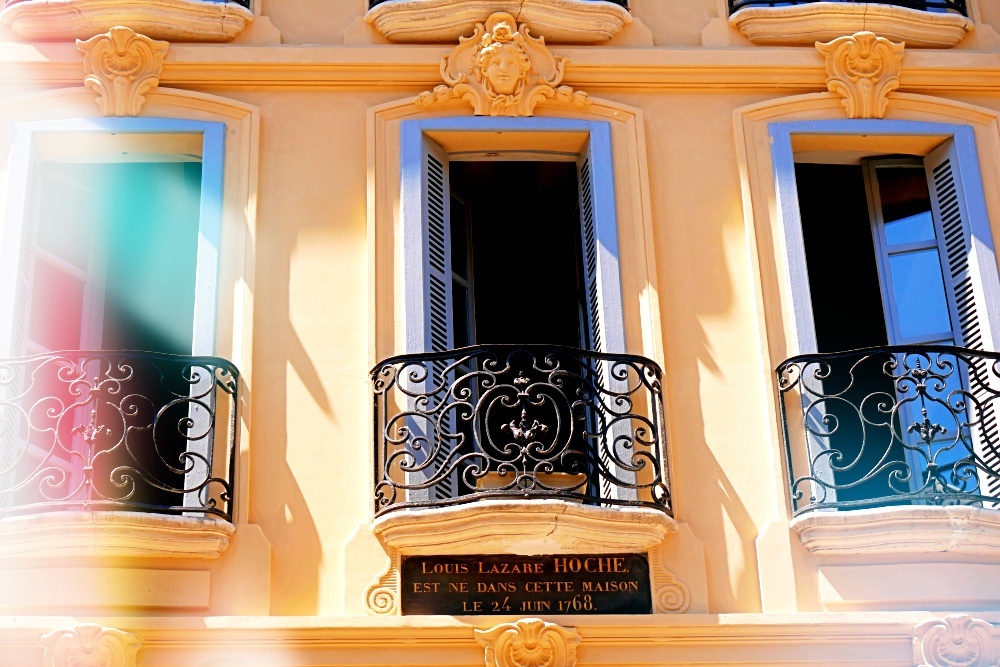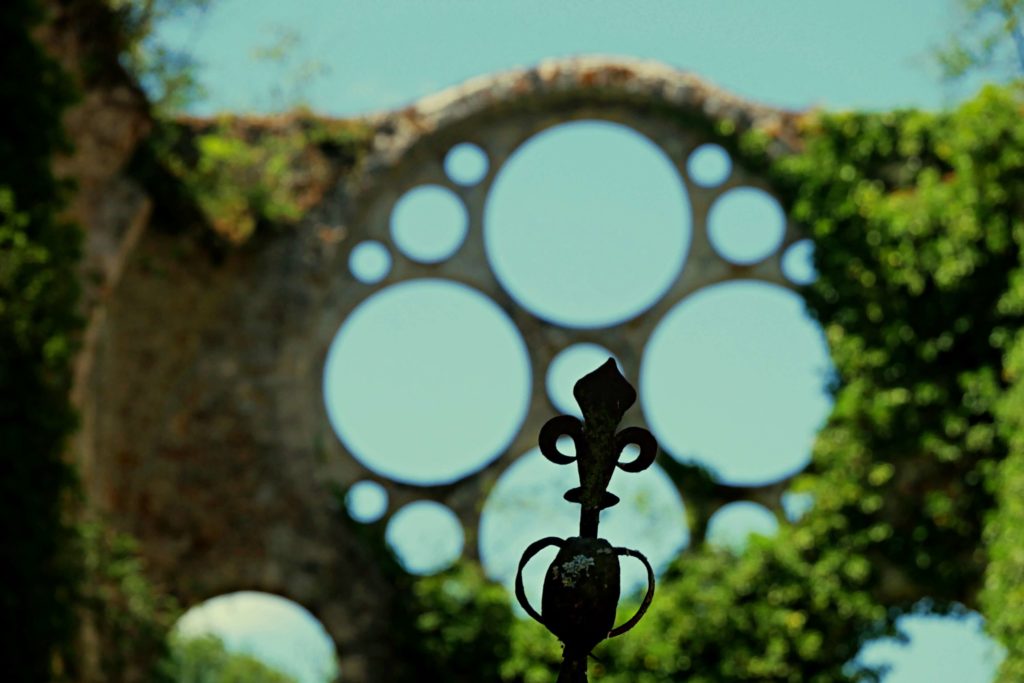Classical and elegant, yet bold and brilliant, the city of Bordeaux has something for everyone. If you love wine, it’s among the best in the world. If you love food, there is foie gras and canelés. If you love history, Bordeaux is a potent mix of the medieval, the Renaissance and the modern. In fact, walk around the city and you’ll find almost half of it has been designated a UNESCO World Heritage site. For those of you like me who adore their history, here are the best things to do and see in Bordeaux.
a little bit of history
The Atlantic has long been an important ally of the Bordelais, the people of Bordeaux. Ships which imported luxury goods and spices down the Garonne river threw out their anchor at the crescent shaped harbour, known since medieval times as the ‘Port de la lune‘ (Port of the Moon).
French king Louis VI so wanted the city, which at the time was in the powerful duchy of Aquitaine, he married off his own son, Louis VII, to the heiress Eleanor of Aquitaine, which gave the French crown the legal rights over the land. Eleanor, by all accounts a wonderfully headstrong and independent young woman, soon divorced her king and married another: Henry II, king of England. The duchy of Aquitaine, a fiefdom covering huge swathes of southwest France, reverted into English hands on the death of Eleanor in 1204. It took many deaths and the Hundred Years War between France and England until the rich and fertile soil belonged once again to les français.
The city, in its medieval days, was bounded by a high wall with nineteen manned gates to keep track of its inhabitants and visitors. Only a few vestiges of the medieval ville remain.
However, the people of the past left plenty of sights for history buffs to wander at will and soak in the Bordeaux of yesteryear.
Place de la Bourse
“I have never seen such a lovely sight and splendid spectacle as this port; it certainly deserves a masterpiece to be handed down to future generations”.
Architect, Jacques Gabriel, 1729

And what a masterpiece he created. Royal architect Jacques Gabriel knocked down medieval walls and razed ancient buildings to design a magnificent structure in the best French classical style. The Place de la Bourse has become the symbol of Bordeaux with its aristocratic and refined edifices on the edge of the river Garonne, welcoming sailors and tourists since the middle of the eighteenth century.
On the south side of the square is the Hôtel des Fermes du Roi, which housed the king’s tax collectors and customs officers (not always the most popular building). On the north side, an exact mirror image, is the Palais de la Bourse, in which the chambers of commerce and jurisdiction and the stock exchange (la bourse) found themselves after its construction.
The centre of the square holds a beautiful fountain depicting the Three Graces: Euphrosyne, Thalia, and Aglaia. Eternally young and lovely, they represent charm, beauty, and human creativity.
The original statue of Louis XV on horseback was destroyed during the French Revolution.
According to UNESCO World Heritage, the Place de la Bourse is “an outstanding urban and architectural ensemble” of the 18th century.
Miroir d’Eau

The water mirror may not be truly historic, it was created only 20 years ago, but it’s impossible to separate the Place de la Bourse from its shimmering neighbour. It’s also impossible to ignore the voice in your head gleefully telling you to throw off your shoes, roll up your pants and join the others reveling and splashing in the sparkling water.
Don’t be deceived though, and try to dive in on a hot summer’s day. The water in the world’s largest reflecting pool is only 2 cm deep and has been designed to perfectly reflect the 300 year old buildings across the street. It was created by landscape designer Michel Corajoud only in 2006, but has already been designated a Contemporary World Heritage Site by UNESCO.
Not surprisingly, more people photograph the glassy Miroir d’Eau than any other site in Bordeaux. Just look on Instagram and you’ll find barefoot tourists and tumbling toddlers, and millions of stunning reflections.
Saint Andrew’s Cathedral

If you love your royal weddings, then don your fancy hat and heels and traipse over to Saint Andrews Cathedral. The strong-willed and beautiful Eleanor of Aquitaine (she was around 13 years old at the time) married her not-sweetheart Louis VII here in 1137. The marriage may not not have lasted but the cathedral certainly did. Several centuries later, in 1615, another Louis, the thirteenth, married Anne of Austria in this very spot. The marriage lasted but was not all happy. This, however, was certainly not the fault of this beautiful cathedral, who has itself celebrated well over 700 anniversaries.
Over the centuries the Cathedral has borne witness to a multitude of pilgrims on their religious journey to Santiago de Compostela in Spain.
Porte Cailhau

When you walk through the 15th century gate of Porte Cailhau, watch your head. Charles VII of France didn’t, and he died after he hit his noggin on the top of a door frame. Luckily for tall tourists it wasn’t this door frame, it was another at the royal château of Amboise. So why is there a written warning on this site? The Porte Cailhau was built in honour of Charles VIII and his victory over the Italians in 1494.
Built into the city walls, the 35 metre high tower was the main gateway to the centre ville from the harbour. When the Garonne overflowed its banks in fits of caprice, the receding water left behind small pebbles or cailloux; hence the name Porte Cailhau.
The Grosse Cloche

Not to be confused with Big Ben, the ‘Big Bell’ is beloved of all Bordelais. Dating back to the 15th century, it is one of the oldest clocher or bell towers in all of France. It has been used variously as a defensive gate, a prison, a city clock, and part of the route for the pilgrims to duck their heads through on their way to Spain. Insolent youngsters and those who ignored evening curfews were interred inside the dark cells; these dungeons can be visited in the tower today.
Angry and truculent peasants, rioting over a salt tax in 1548, stood back and mumbled treacherously when their actions led King Henry II to remove the bell from the belfry. 13 years later he deemed the Bordelais to have learned their lesson and gave it back.
The current bell, made in 1775, weighs more than a tonne, literally. More than seven tonnes in fact. The huge bell was tolled to warn the citizens of fire; but even more importantly in this region famous for its wine, to announce the beginning of the vendange, the grape harvest. Now, you can hear the bell ring on notable days of the year: January 1 (New Year), May 1 (Labour Day), May 8 (Victory of May 8, 1945), July 14 (national holiday), August 28 (liberation of Bordeaux in 1944) and November 11 (Armistice of 1918). If you’re not in Bordeaux on any of these national days, its peals can also be heard over the city every first Sunday of the month at midday.
A rough translation of a Latin inscription inside the belfry is:
I call to arms, I announce the days, I ring the hours, I chase the storms, I sound the fêtes, I yell at the fires.
Monument aux Girondins

Settled comfortably in the vast square that is the Esplanade des Quinconces, stands the Monument to the Girondins, completed in 1902. At eye level the horses in the bronze fountain leap to freedom, while classical Greek figures stand amidst the spraying water. Look upwards to see the end of the tall column, its white marble contrasting with the azure sky, on top of which a statue representing liberté breaks free from her chains.
The Girondins were one of the many victims of the Reign of Terror during the French Revolution. Originally the deputies from the Gironde region (in which lies Bordeaux), they became one of the moderate political factions in the French Revolution. As the ideals of the revolution became buried under the murderous rule of Robespierre and his Committee of Public Safety, the Girondins, along with thousands of others, found themselves arrested and sentenced to death. 22 Girondins were executed on 31 October 1793.
The Grand théâtre
The Bordelais canelé
Can a city be defined by its cake? Yes, bien sûr! In the case of Bordeaux it’s fairly recent that the canelé has become an intrinsic part of its culture, but it’s part of its history nonetheless.

The best canelé is crispy on the outside, soft and moist on the inside, with a hefty dram of rum and a sprinkling of vanilla. These fluted mini cake-like pastries have been around in some form since the 17th century, and in 1785 there were almost forty ‘canaulier’ shops in Bordeaux.
No one really knows which baker decided to reinvent the canelé in the 1980s, but a decade later it was known as the official gâteau of Bordeaux. You’ll find them in every boulangerie and patisserie in the city, but the longest lines will always be outside La Toque Cuivrée, who claim to have been specialists of the canelé for more than 30 years.
Place Camille-Jullian
I deliberately left this one till the end. Most people, when walking through this tiny, almost inconsequential square, one of many in the city of Bordeaux, would not even notice anything special. I only did because it’s where we stopped for our lunch. In the middle of the square is a curious monument of Roman ruins, looking like a child’s tower made from blocks. Except that the monument is a collection of Roman ruins instead of wooden squares.


The monument gives homage to Camille Jullian, a French historian who wrote a definitive history of France (Gaule) under the Romans. He was not born in Bordeaux but fell in love with the city and was buried there upon his death in 1933.
History is full of grand moments, the revolutions, the great men, the magnificent edifices like the Place de la Bourse and Saint Andrew’s Cathedral. I prefer the small moments, the millions of tiny decisions which can change the course of history, the people we don’t often read about in history books. As I sat in Place Camille-Jullian, drinking my glass of Bordeaux while my children chased each other round his monument, I could see the long departed Bordelais and the Bordelaise, the travellers, the pilgrims, the men of the sea, the Romans, all passing through this small square on their way to be a part of history.
useful links
The Bordeaux Tourist Office website has a huge amount of information on the history of the city and what to do and see.
If you love wine (who doesn’t?) you absolutely must visit the Cité du Vin where you will find out everything you ever wanted to know about wine.
Continuing the wine theme, this is the official website for Bordeaux wine.



